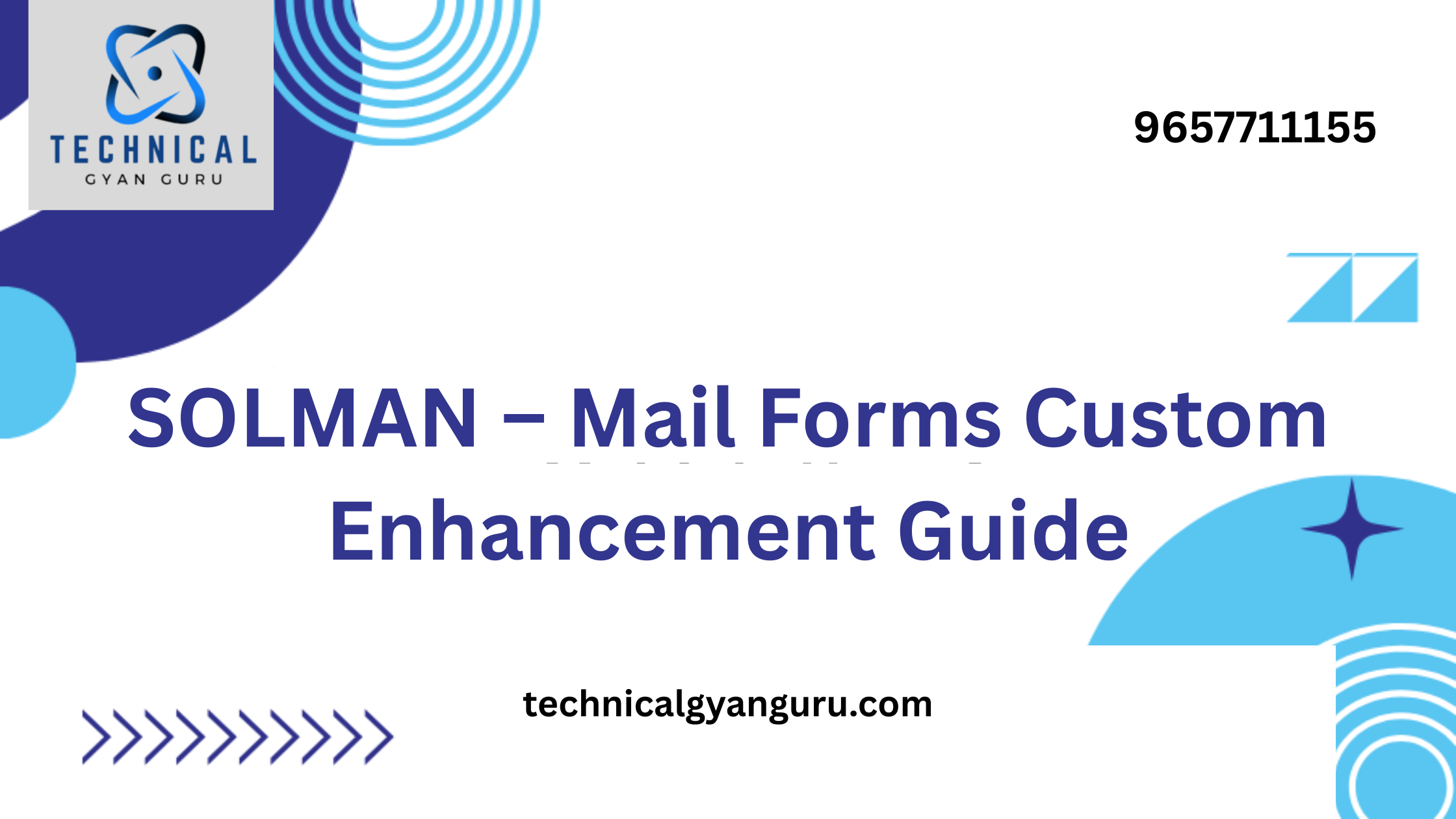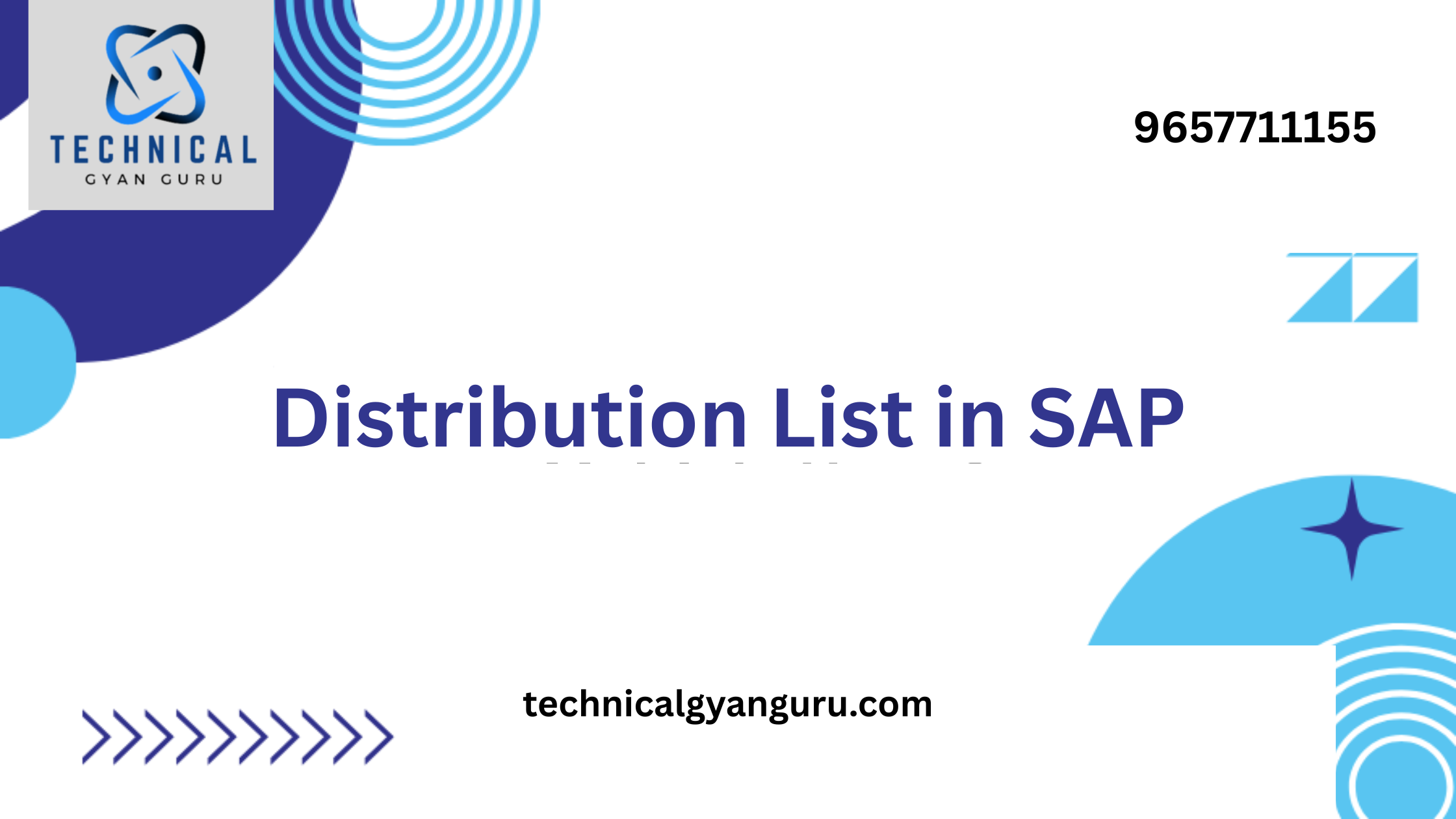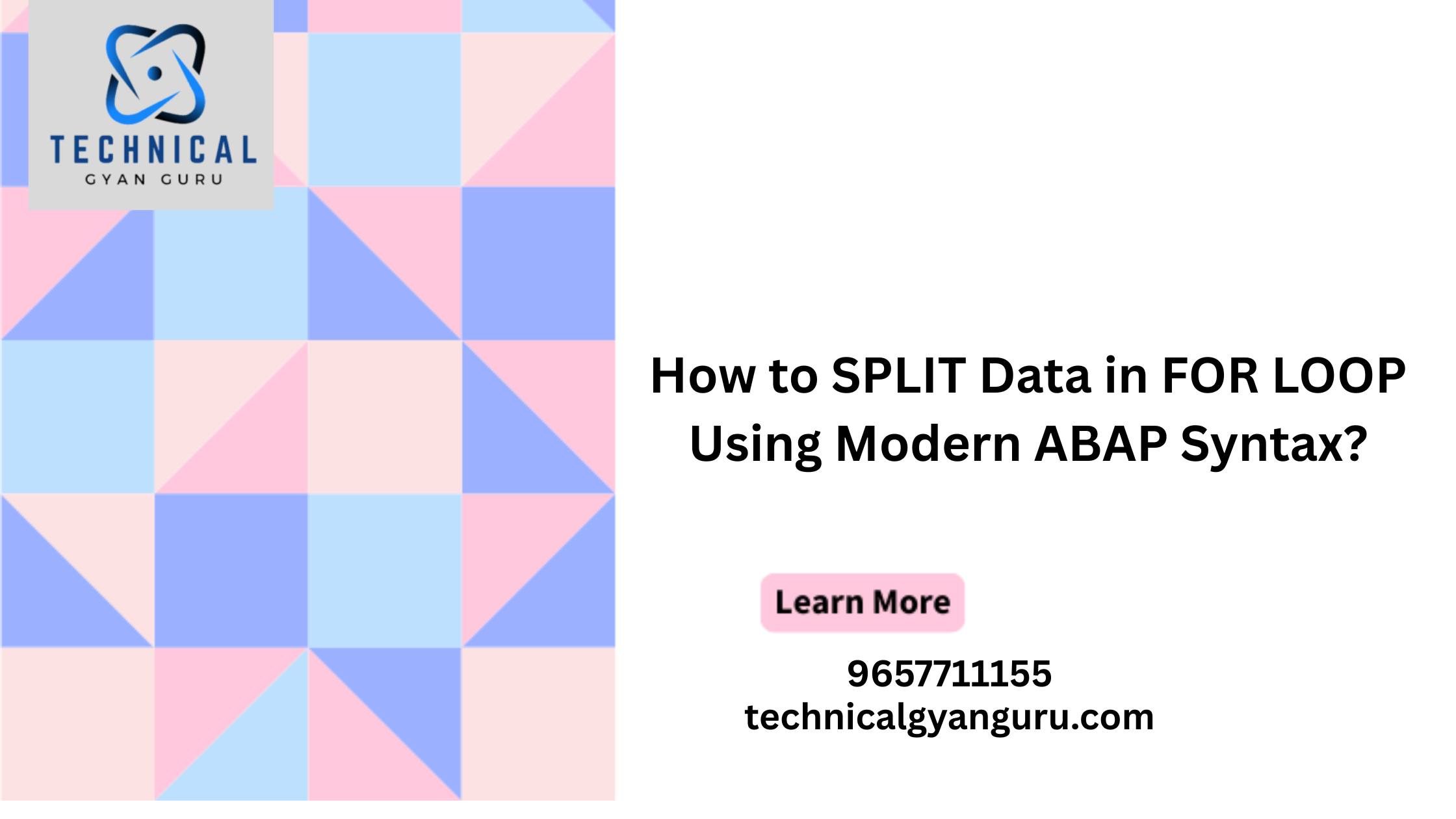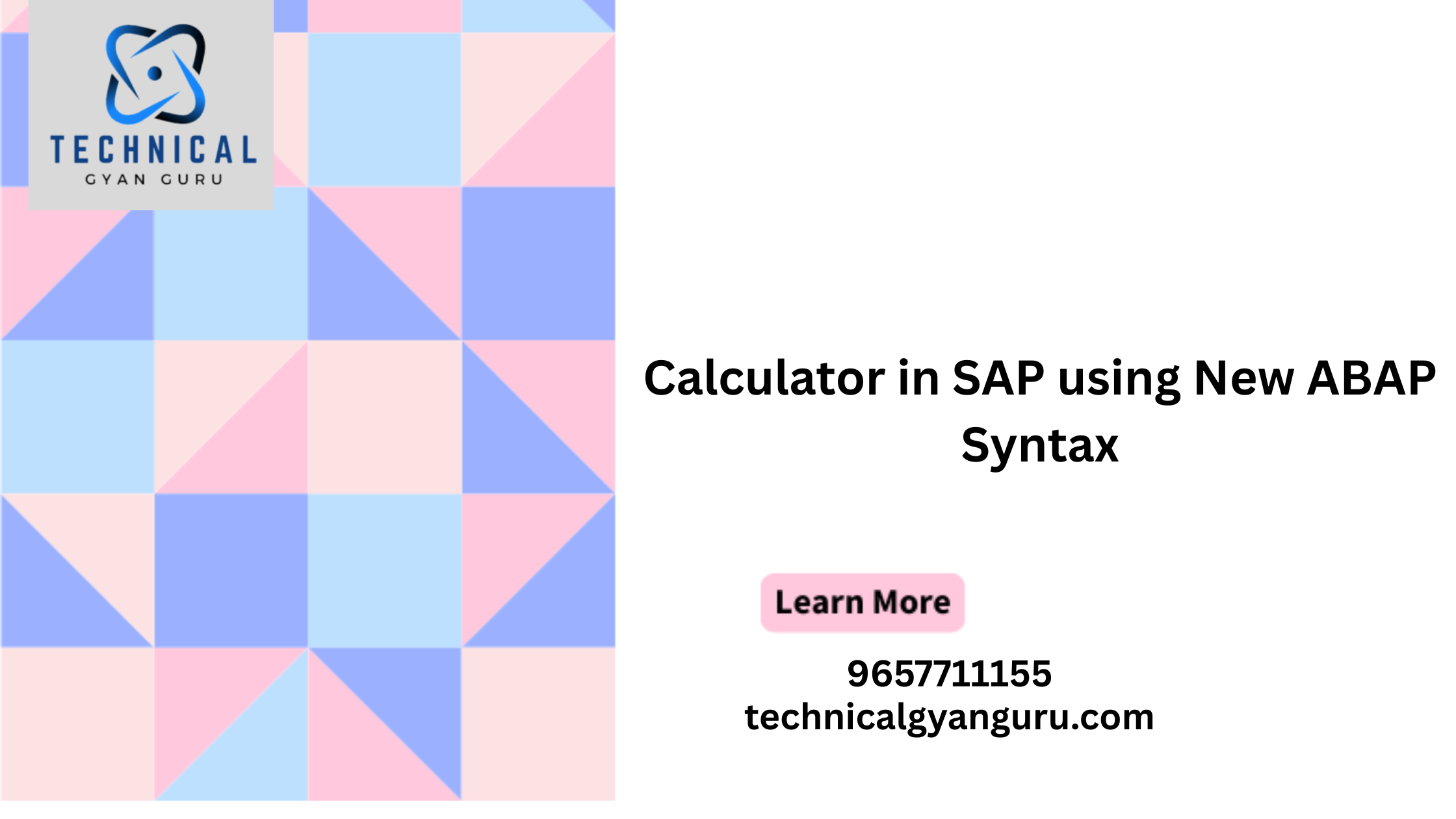Introduction: SAP BC Transaction Codes
SAP BC Transaction Codes: In the intricate landscape of SAP (Systems, Applications, and Products) administration, efficiency and precision are paramount. SAP BC (Basis Components) is the foundational layer that supports the entire SAP landscape, ensuring the smooth functioning of applications. SAP BC transaction codes serve as the keys to unlock a realm of system administration functionalities. In this blog, we’ll delve into the significance of SAP BC transaction codes, their classifications, and how they empower administrators to maintain and optimize SAP systems with ease.
Understanding SAP BC Transaction Codes:
SAP BC transaction codes are alphanumeric shortcuts designed to provide system administrators with quick access to various functionalities within the SAP Basis Components. These codes streamline the execution of tasks related to system monitoring, configuration, and maintenance. From managing users to monitoring system performance, SAP BC transaction codes offer a direct route to essential system administration functions.
Classification of SAP BC Transaction Codes:
- User and Authorization Management (SU):
- SU01: User Maintenance
- SUIM: User Information System
- PFCG: Role Maintenance
- System Monitoring and Performance (ST):
- ST22: Dump Analysis
- ST02: SAP System Performance
- ST03: Workload and Performance Statistics
- Client and System Configuration (SCC):
- SCC4: Client Maintenance
- SCC1: Client Copy
- RZ10: Profile Maintenance
- Transport Management (STMS):
- STMS: Transport Management System
- SE01: Transport Organizer
- STMS_IMPORT: Import Transport Request
- System Health Checks (SICK):
- RZ20: SAP System Monitoring
- DBACOCKPIT: Database Monitoring
- ST06: Operating System Monitor
Key Advantages of SAP BC Transaction Codes:
- Time Efficiency:
- Transaction codes provide a shortcut to specific SAP BC functions, significantly reducing the time needed to perform routine system administration tasks.
- System Stability:
- By using transaction codes, administrators can efficiently monitor system health, analyze dumps, and address performance issues promptly, contributing to the stability of the SAP landscape.
- Security and Compliance:
- Transaction codes play a crucial role in user and authorization management, ensuring that security policies are enforced, and compliance requirements are met.
- Process Consistency:
- Transaction codes standardize the execution of system administration processes, ensuring consistency in tasks such as user management, system monitoring, and configuration.
Tips for Efficient Use of SAP BC Transaction Codes:
- Create Favorites:
- Use the “Favorites” functionality in SAP to create a personalized list of frequently used BC transaction codes for quick access.
- Documentation and Training:
- Maintain documentation on commonly used transaction codes and provide training to system administrators to enhance their proficiency in executing SAP BC tasks.
- Utilize Shortcuts:
- Memorize or document frequently used transaction codes to expedite the execution of common system administration tasks.
- Stay Informed:
- Regularly update yourself on new or optimized transaction codes introduced by SAP to leverage the latest functionalities.
Conclusion:
SAP BC transaction codes serve as the linchpin of SAP system administration, providing administrators with efficient tools to maintain, monitor, and optimize SAP landscapes. As organizations rely on SAP for their critical business processes, mastering these transaction codes is essential for ensuring system stability, security, and compliance. SAP BC administrators who leverage these codes are not just managing systems; they are orchestrating the symphony of a well-tuned SAP landscape. In the dynamic world of SAP administration, these transaction codes are indeed the keys to system excellence.







